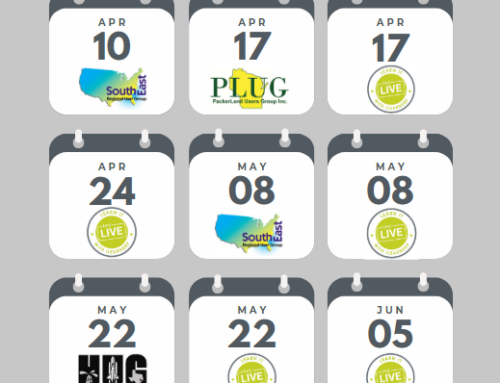As a long time Oracle partner and JD Edwards training company, we are proud to provide JDE training to our customers. We put together the following to outline the history of JD Edwards, mark key moments, and follow the continued trajectory of JD Edwards as a leading ERP provider in the industry.
 JD Edwards history begins in 1977 with founders Ed McVaney, Jack Thompson and Dan Gregory in Denver, Colorado. JD Edwards began as a software consulting company using the IBM System 38, with Bob Newman joining the team one year later. The IBM System 38 was novel as it could be deployed without system programmers in one operating system. From 1981-1985, JD Edwards expanded beyond Colorado to six other locations throughout the US. They further developed the software with user defined flexibility techniques that included the soft coding of screen presentation, processing options and user defined fields. JD Edwards developed what came to be a signature mark of Enterprise Resource Solutions, the architectural consistency of the platform across different verticals, from Finance to Manufacturing.
JD Edwards history begins in 1977 with founders Ed McVaney, Jack Thompson and Dan Gregory in Denver, Colorado. JD Edwards began as a software consulting company using the IBM System 38, with Bob Newman joining the team one year later. The IBM System 38 was novel as it could be deployed without system programmers in one operating system. From 1981-1985, JD Edwards expanded beyond Colorado to six other locations throughout the US. They further developed the software with user defined flexibility techniques that included the soft coding of screen presentation, processing options and user defined fields. JD Edwards developed what came to be a signature mark of Enterprise Resource Solutions, the architectural consistency of the platform across different verticals, from Finance to Manufacturing.
By 1989, JD Edwards had expanded globally with functionality for multi-currency, multi-language and country support. JD Edwards developed beyond their current software and by 1995, JD Edwards announced the One World solution. With a graphical interface and distributed computing client service solutions, along with an introduction in 1996 of Configurable Network Computing, JD Edwards was successful across multiple technologies. Even with the expansion across the US and globally, JD Edwards kept their roots in the Denver area with their headquarters based in southern Denver.
JD Edwards then announced the initial public offering for its common stock, which provided substantial funding for continued growth. By 2000, JD Edwards rolled out OneWorld Xe. This extended solution offered a stability that incorporated the advanced capabilities of an ERP. 2003 was a big year for JD Edwards as this is when JD Edwards merged with the company PeopleSoft, and were then purchased by Oracle. It is also during this year that we get the name of the JDE software that is most used today, JD Edwards EnterpriseOne. The successful merger grew their footprint and by 2005 they offered a lifetime support policy to all JDE customers.
We look forward to staying on top of all the latest releases from JD Edwards to continue to provide a modern, up-to-date training experience for our customers, and we are excited for the future of JDE!
With the coming Internet of Things, JD Edwards offers a pure internet architected solution in 2006, and by 2008, offers Service Oriented Architecture. In 2011, JDE customers could access EnterpriseOne from their apple tablets, and in 2011, JD Edwards rolled out One View Reporting, which continues into development today. JD Edwards continued to improve the user interface and in 2014 they offer the Alta Interface, available with EnterpriseOne 9.1.5. This development also marks the path forward for JD Edwards to continue to provide a customizable user interface that includes advanced queries and watchlists.
In 2015, JD Edwards announces EnterpriseOne 9.2, which offered pre-built role pages, UX One, the Page Composer and Cafe 1 Layouts. The Orchestrator was also announced, which brings a new level of automation of connection and possibilities. During 2016-2020, JD Edwards continues to roll out tools, enhancements and application updates. The cloud infrastructure for JD Edwards is made available, and by 2020 JD Edwards announces that support will continue to at least 2030.
We look forward to staying on top of all the latest releases from JD Edwards to continue to provide a modern, up-to-date training experience for our customers, and we are excited for the future of JDE!




